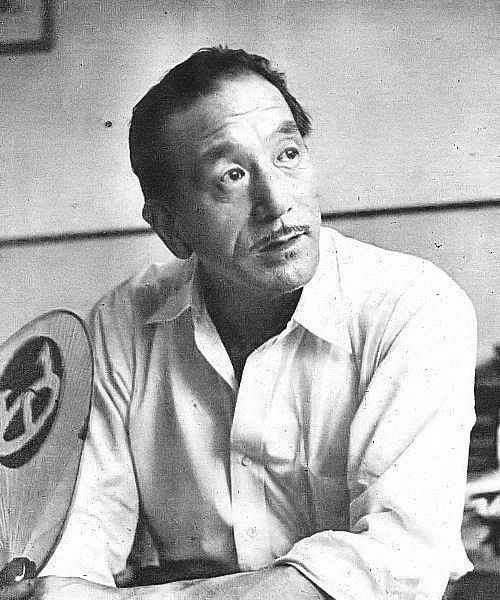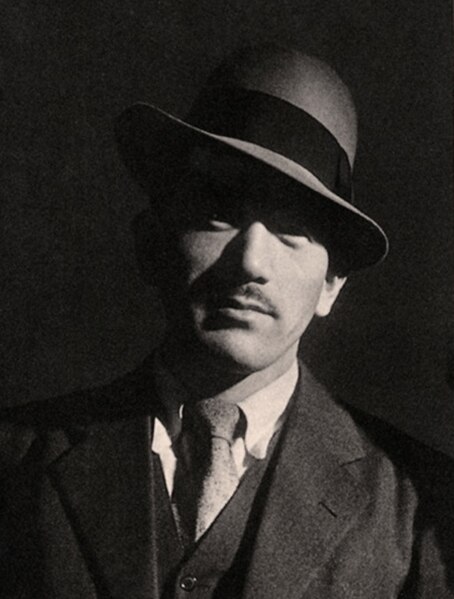Yasujirō Ozu was a Japanese filmmaker. He began his career during the era of silent films, and his last films were made in colour in the early 1960s. Ozu first made a number of short comedies, before turning to more serious themes in the 1930s.
The most prominent themes of Ozu's work are family and marriage, and especially the relationships between generations. His most widely beloved films include Late Spring (1949), Tokyo Story (1953) and An Autumn Afternoon (1962).
Ozu in 1951
Yasujiro Ozu in Dragnet Girl 1933
Ozu's grave at Engaku-ji, Kamakura in 2018
Ozu during a film shoot
Late Spring is a 1949 Japanese drama film directed by Yasujirō Ozu and written by Ozu and Kogo Noda, based on the short novel Father and Daughter by the 20th-century novelist and critic Kazuo Hirotsu. The film was written and shot during the Allied Powers' Occupation of Japan and was subject to the Occupation's official censorship requirements. Starring Chishū Ryū, who was featured in almost all of the director's films, and Setsuko Hara, marking her first of six appearances in Ozu's work, it is the first installment of Ozu’s so-called "Noriko trilogy", succeeded by Early Summer and Tokyo Story ; in each of which Hara portrays a young woman named Noriko, though the three Norikos are distinct, unrelated characters, linked primarily by their status as single women in postwar Japan.
Theatrical release poster
Setsuko Hara as Noriko and Chishū Ryū as Shukichi in Late Spring (production still)
Hattori (Jun Usami) and Noriko bicycling towards the beach (with the Coca-Cola sign in the foreground)
Ozu's frequent screenwriting partner Kōgo Noda: from Late Spring on, Noda would collaborate on all Ozu's films until the latter's death in 1963








